- Antipasti
- Bella Italia
- Dessert
- Drinks
- Favorite Italian recipes
- Main courses
- Pasta
- Pizza
- Side dishes and salad
- Tips & Knowledge
Recognize real Parmesan
Parmesan – for many people, this is a sign of Italian food culture. Simply sprinkle some grated hard cheese over the pasta and the meal feels much more Italian. However, real Parmesan or Parmigiano Reggiano, as it is called in Italian, is not the same as just any hard cheese. Although the term “Parmesan” has […]
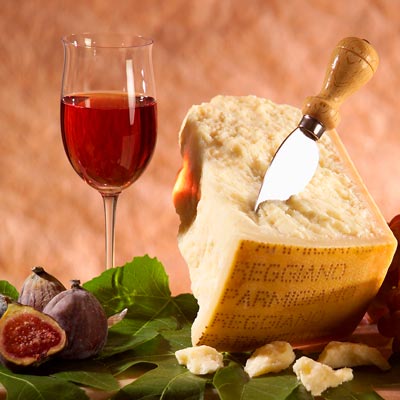
Table of contents
Parmesan – for many people, this is a sign of Italian food culture. Simply sprinkle some grated hard cheese over the pasta and the meal feels much more Italian. However, real Parmesan or Parmigiano Reggiano, as it is called in Italian, is not the same as just any hard cheese. Although the term “Parmesan” has become established in common parlance for grated hard cheese, this does not make it correct. The EU tries to combat such generalizations through regulations in order to protect the culinary and regional characteristics of the member states. But just as many people do not know the difference between jam and marmalade according to the EU regulation of 1982, the EU language regulation for Parmesan is a battle against windmills.

How can I recognize real Parmesan?
However, as the gentle reader already has an affinity for Italian food, I can only hope that this educational work will bear fruit. Unfortunately, you can’t always recognize real Parmesan from Italy by the label. Supermarkets do not shy away from selling Grana Padano, which also comes from Italy, as Parmesan because the name is more familiar. This is a violation of EU law, as the origin, production and name of both cheeses are protected by the DOP seal, but who is going to press charges?
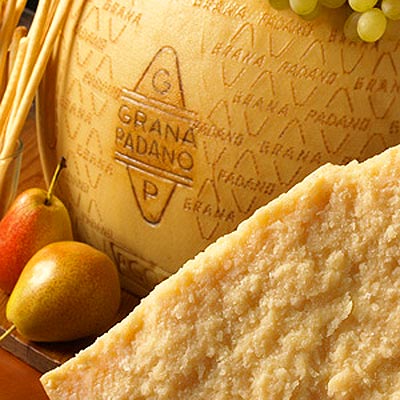
Genuine Parmesan can be recognized by the embossing on the rind of both the large loaf and the individual pieces. There you can read “Parmigiano Reggiano”. As the lettering runs repeatedly around the entire loaf, the name can also be guessed from one piece. With Grana Padano, on the other hand, the writing is interspersed with parabolic patterns.
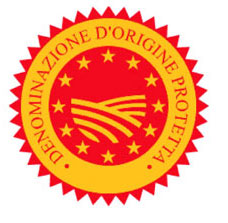
As with other cheeses such as Gorgonzola or mozzarella di bufala, the red and yellow DOP seal can also be found on the packaging. DOP stands for “Denominazione di Origine protetta” and corresponds to the German “geschützte Ursprungsbezeichnung”. The labeling of genuine Parmesan with this seal should guarantee that it has been produced using traditional methods in its region of origin.
Whether you prefer Parmigiano aged for 36 months or even 72 months is up to you. You can order both in our store. Incidentally, the taste of Grana Padano DOP is in no way inferior to Parmesan. Try it for yourself!

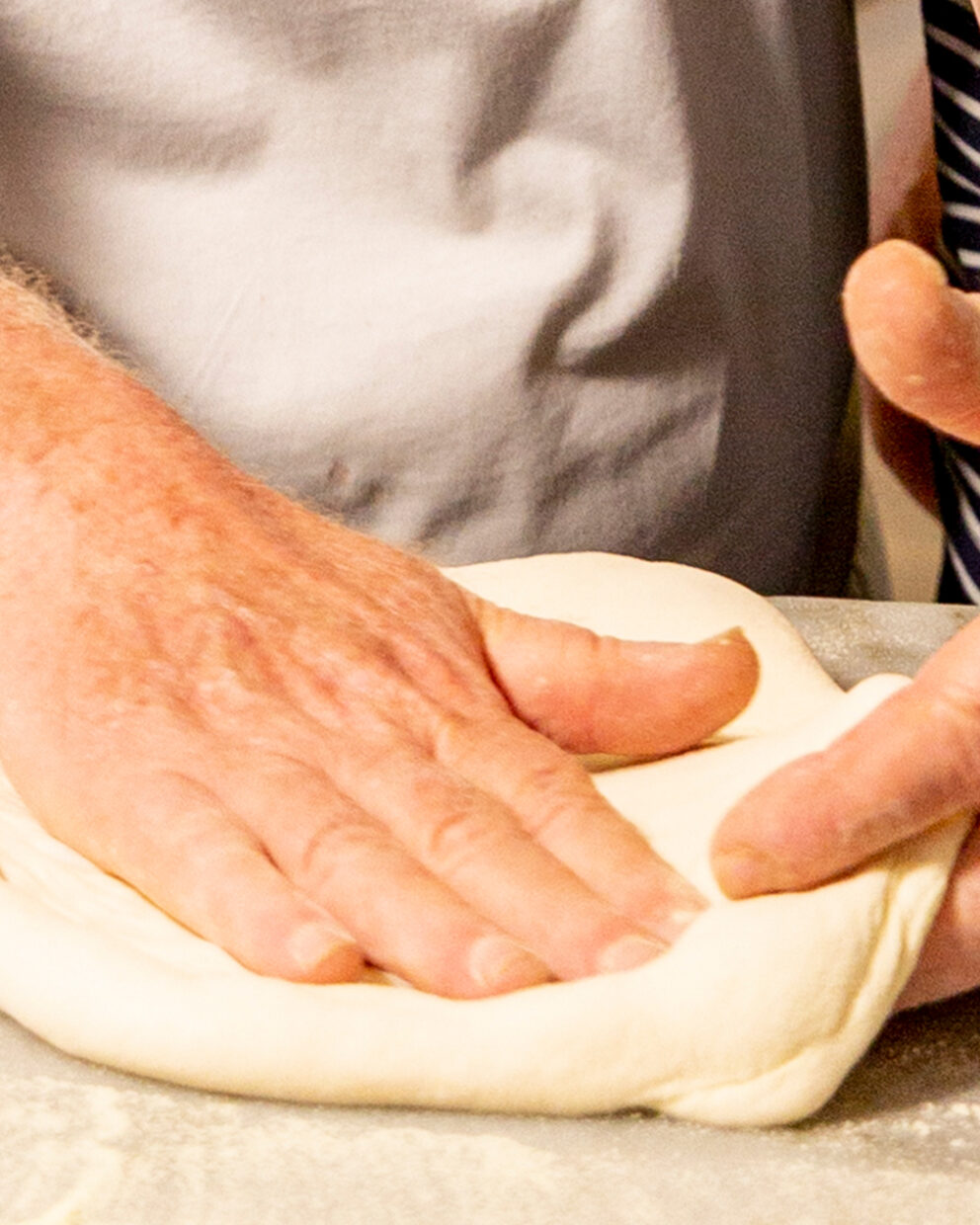
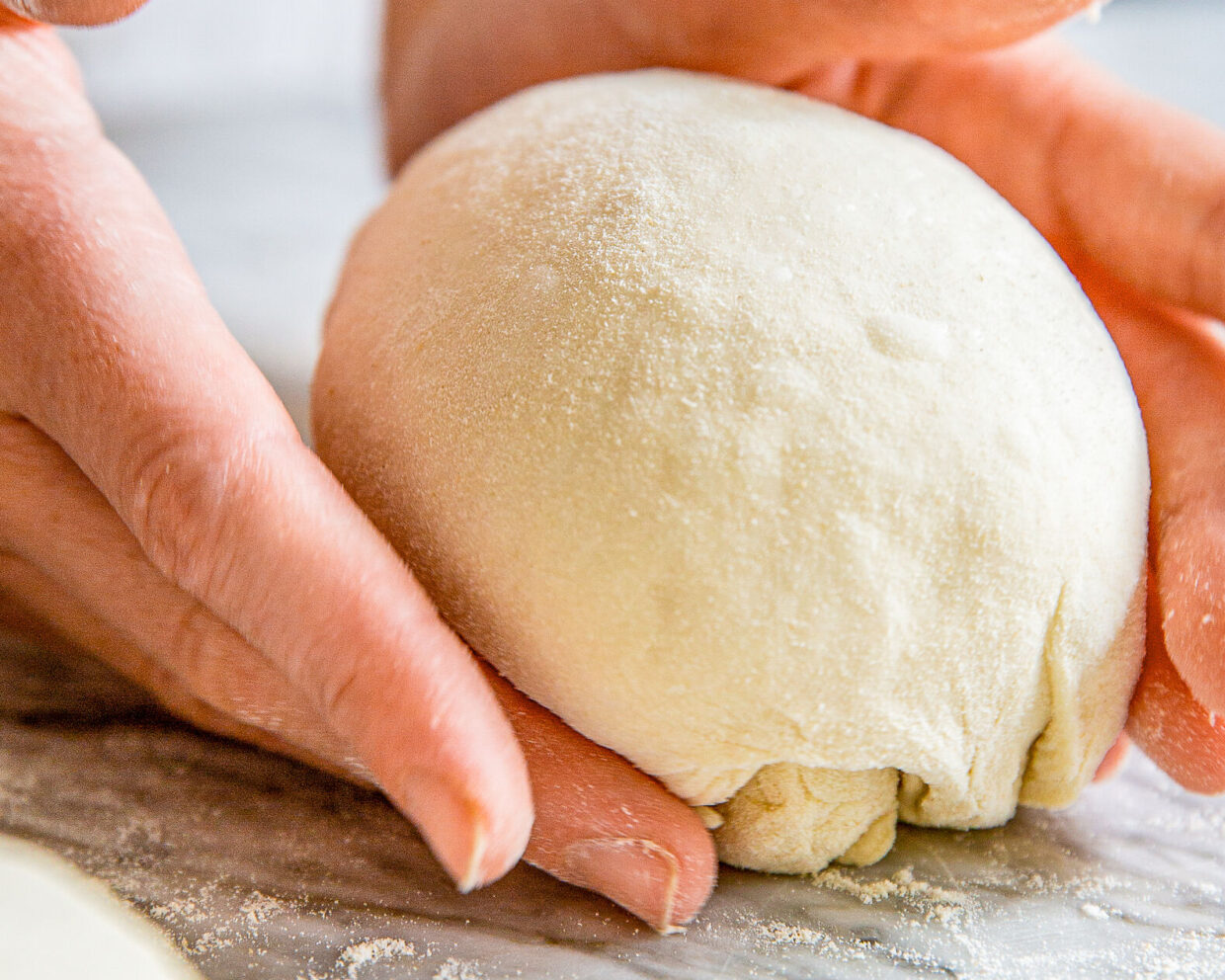
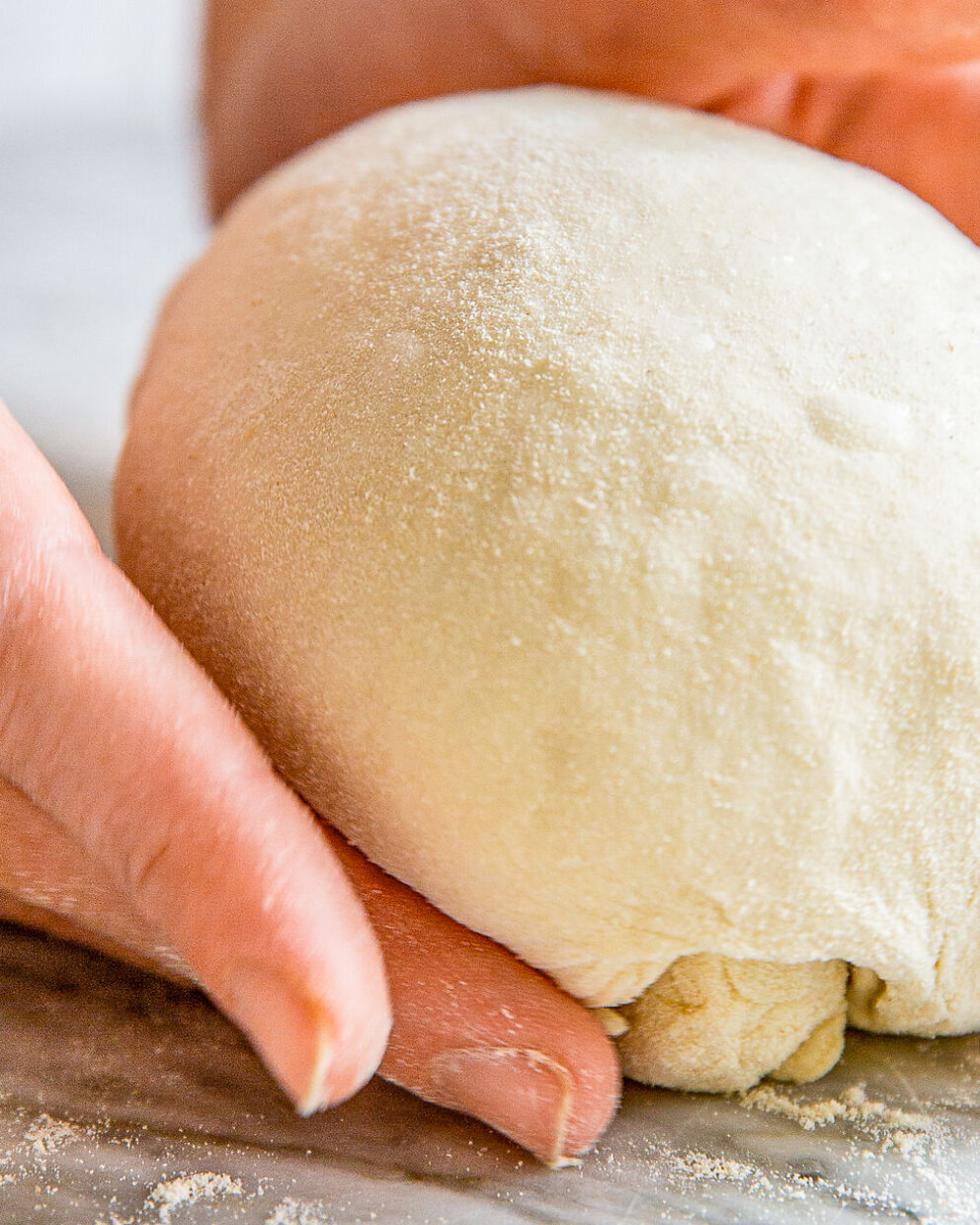




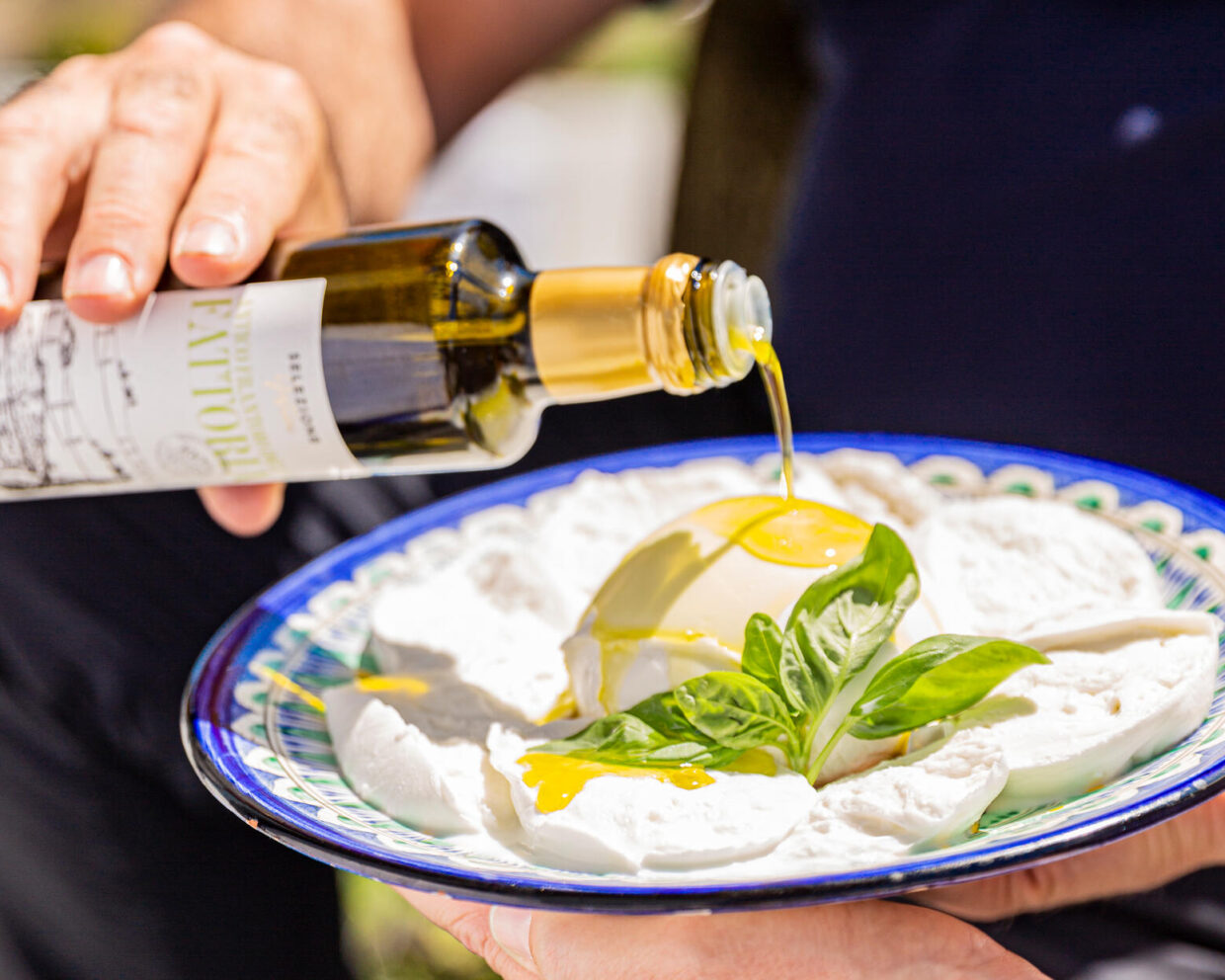



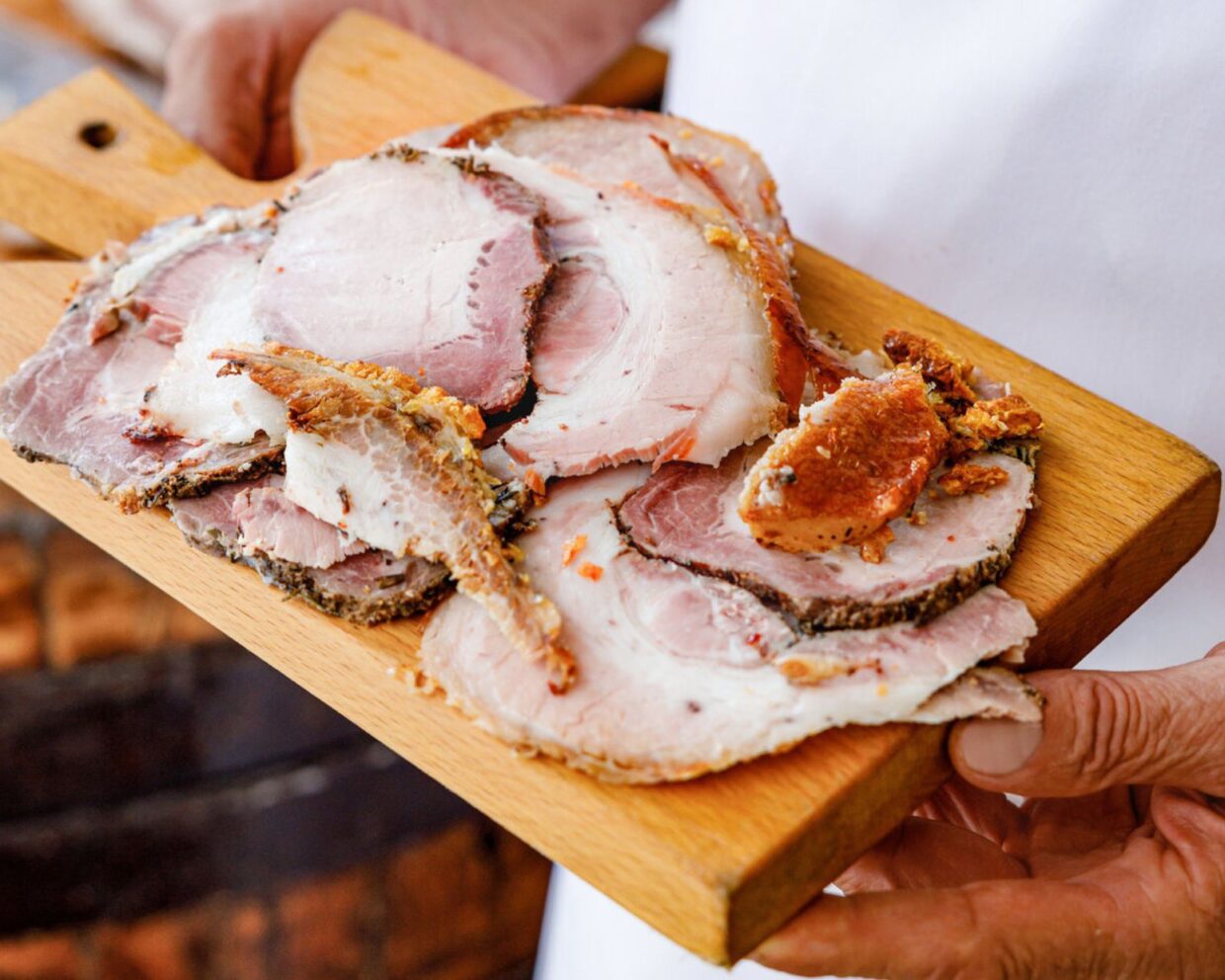






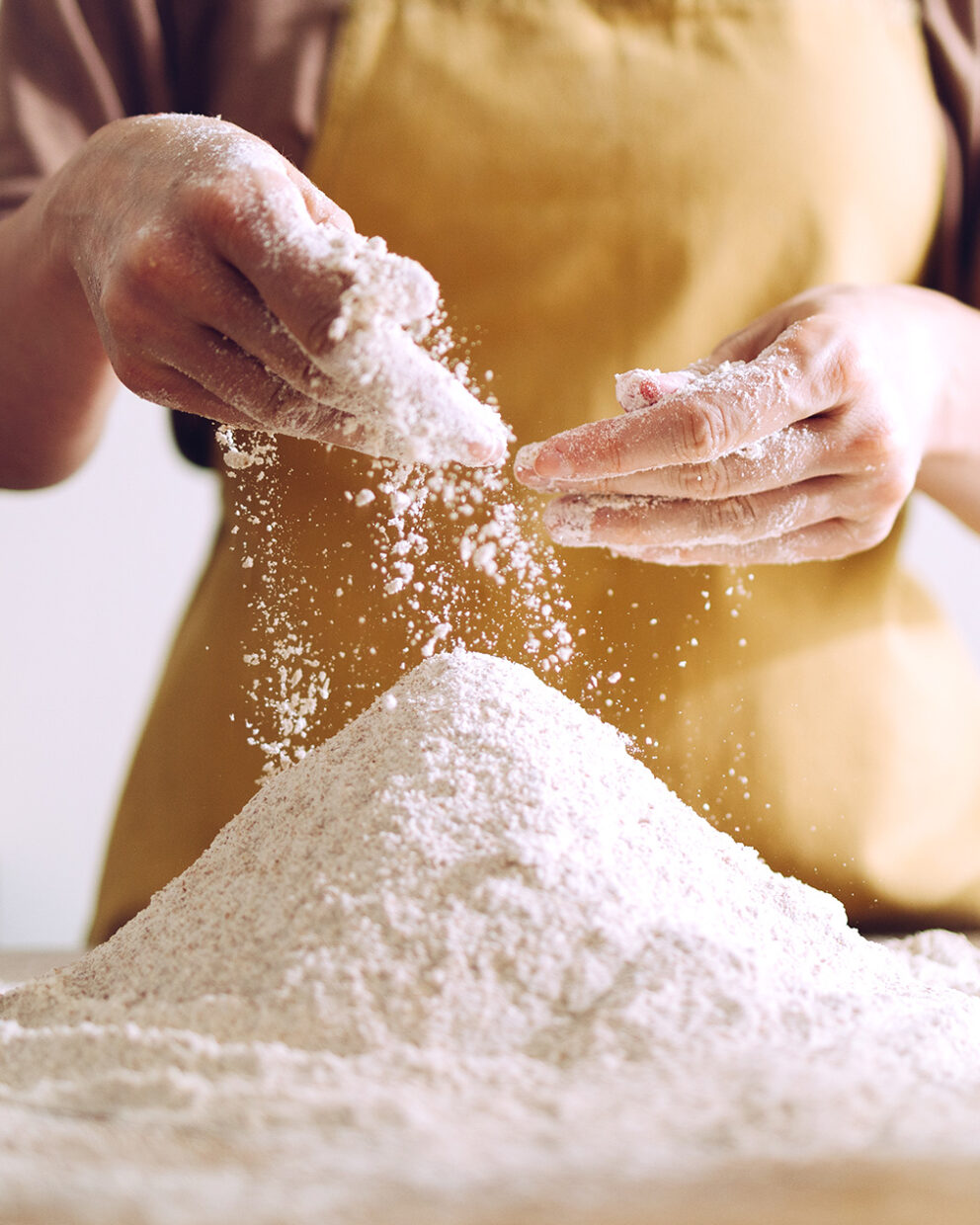
Want to share your thoughts? We're excited to hear what you think of the article. Tell us about your ideas, tips or questions! Leave a comment and share your knowledge with the community. Your opinion counts.
Write a comment